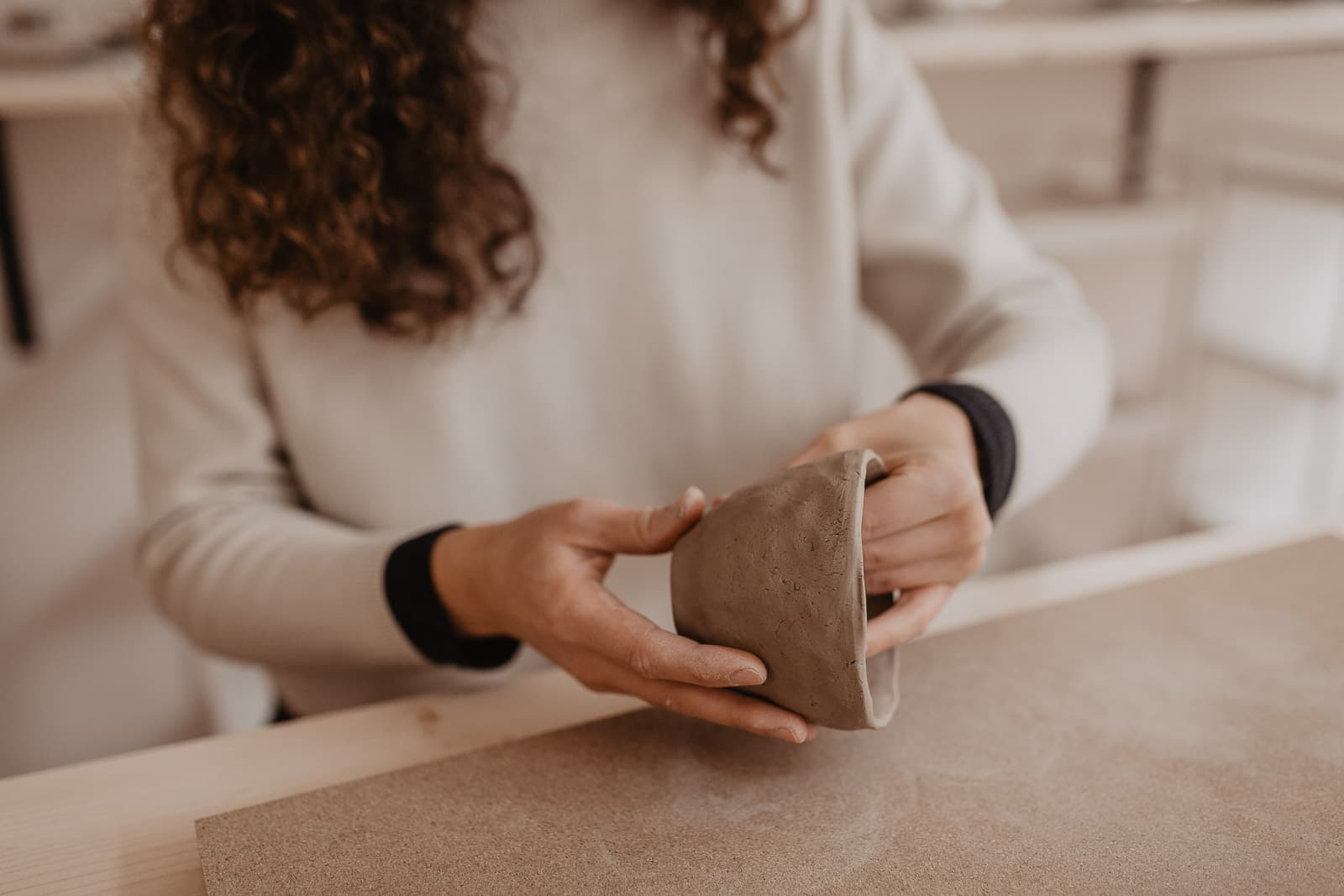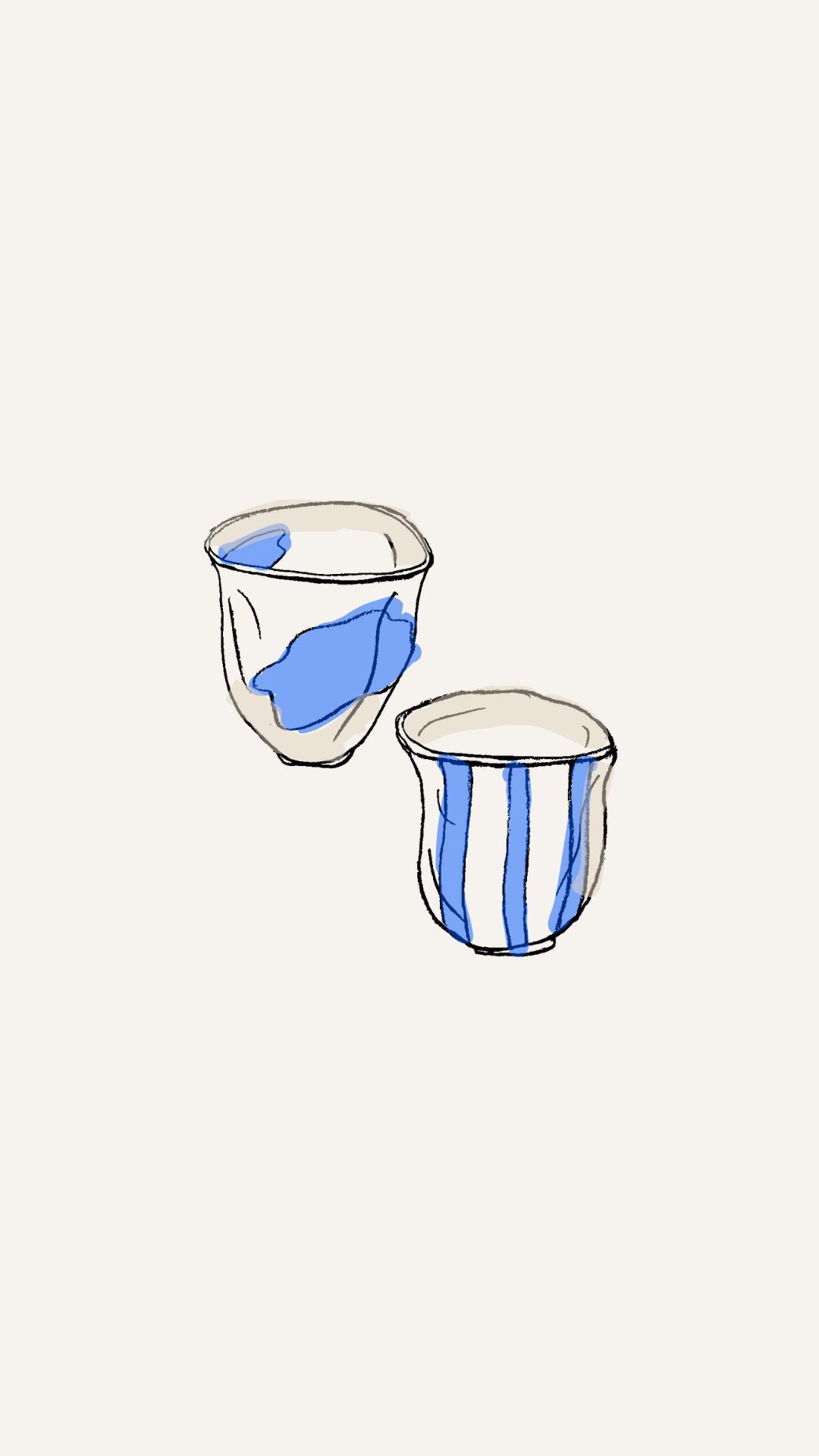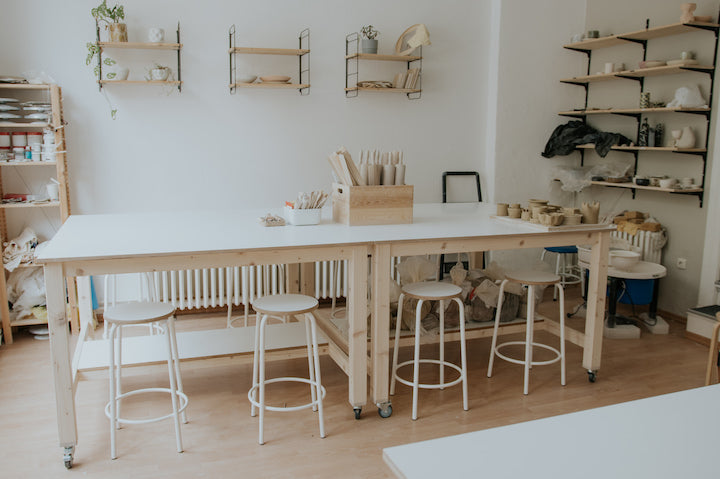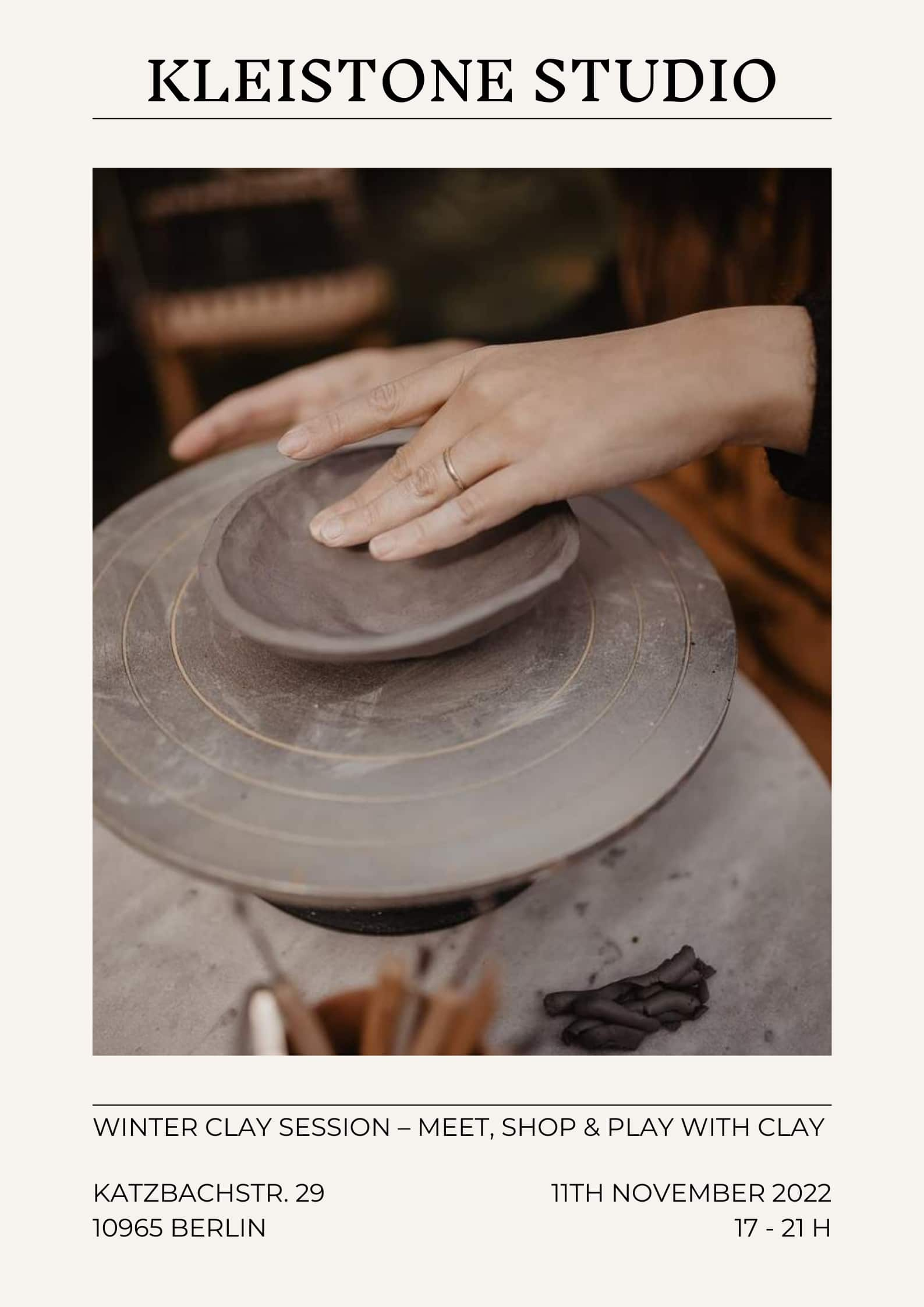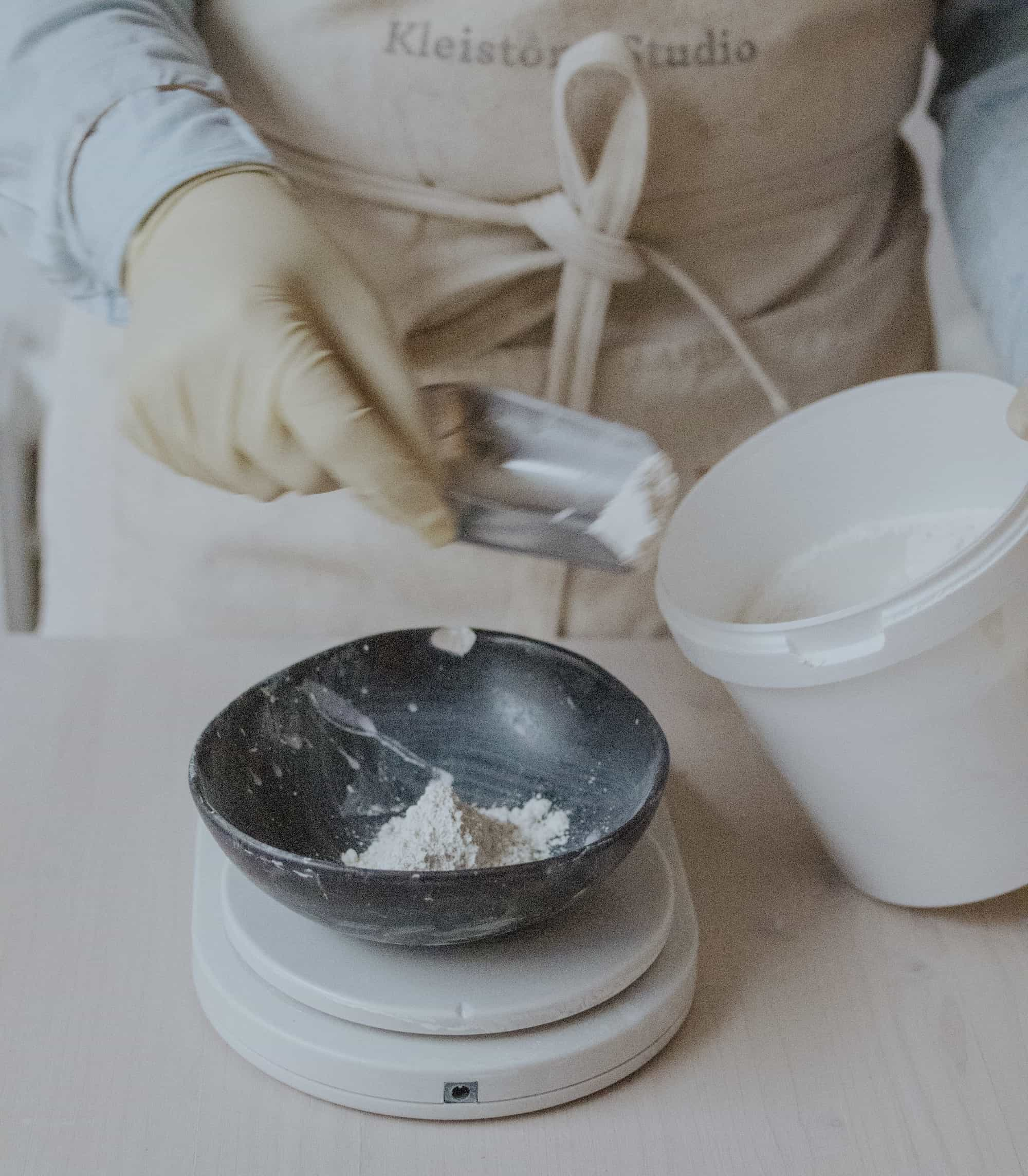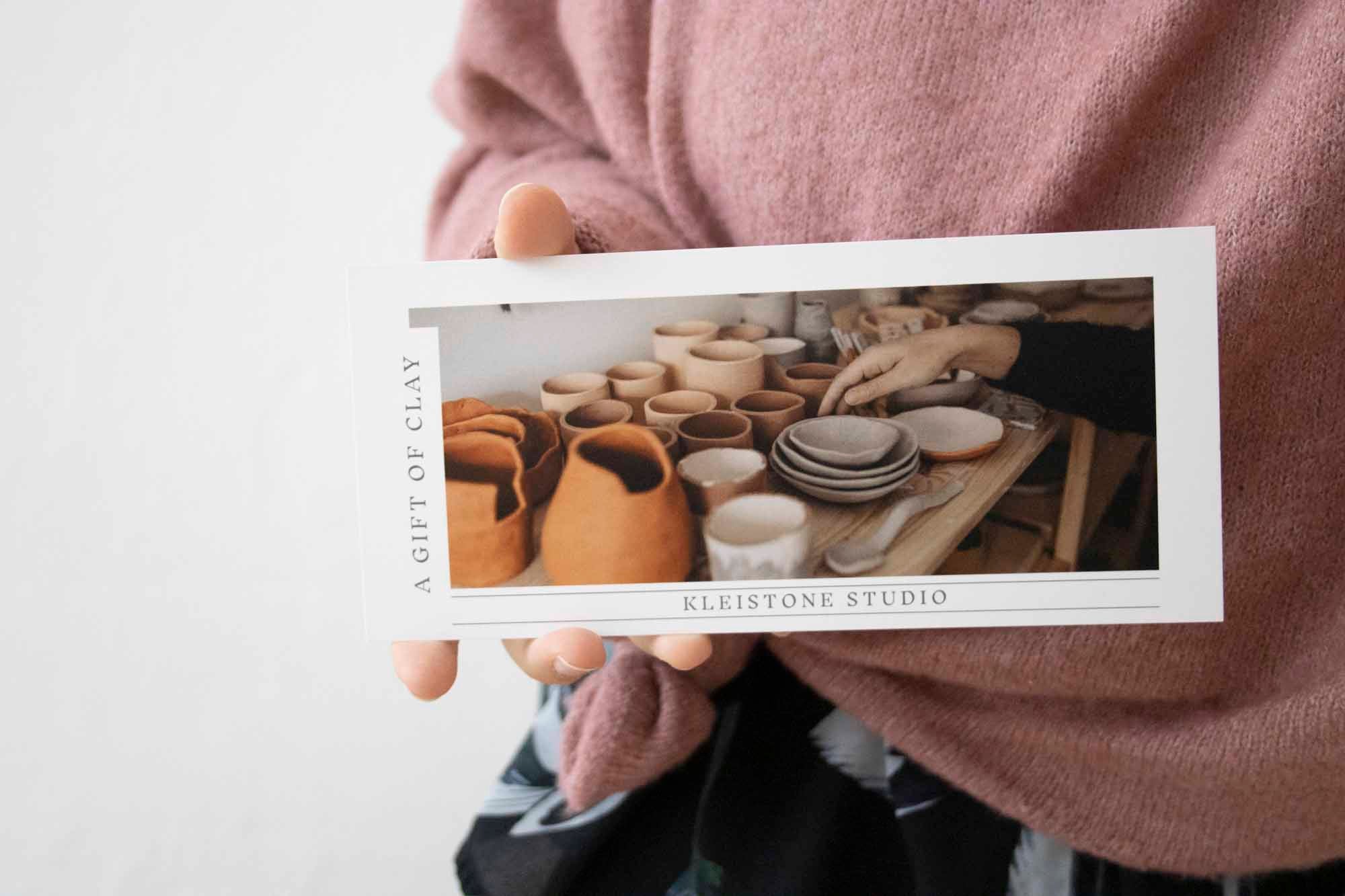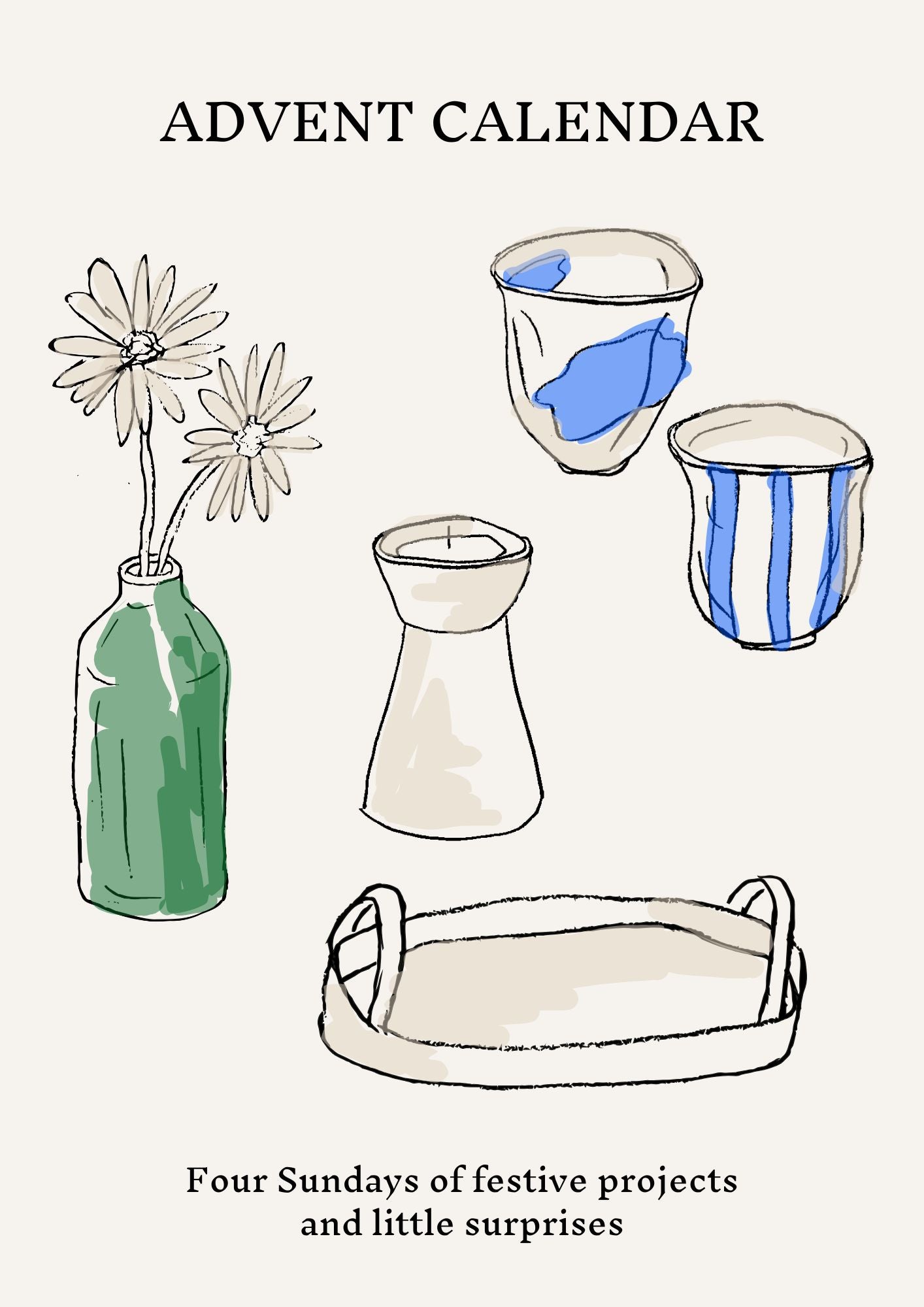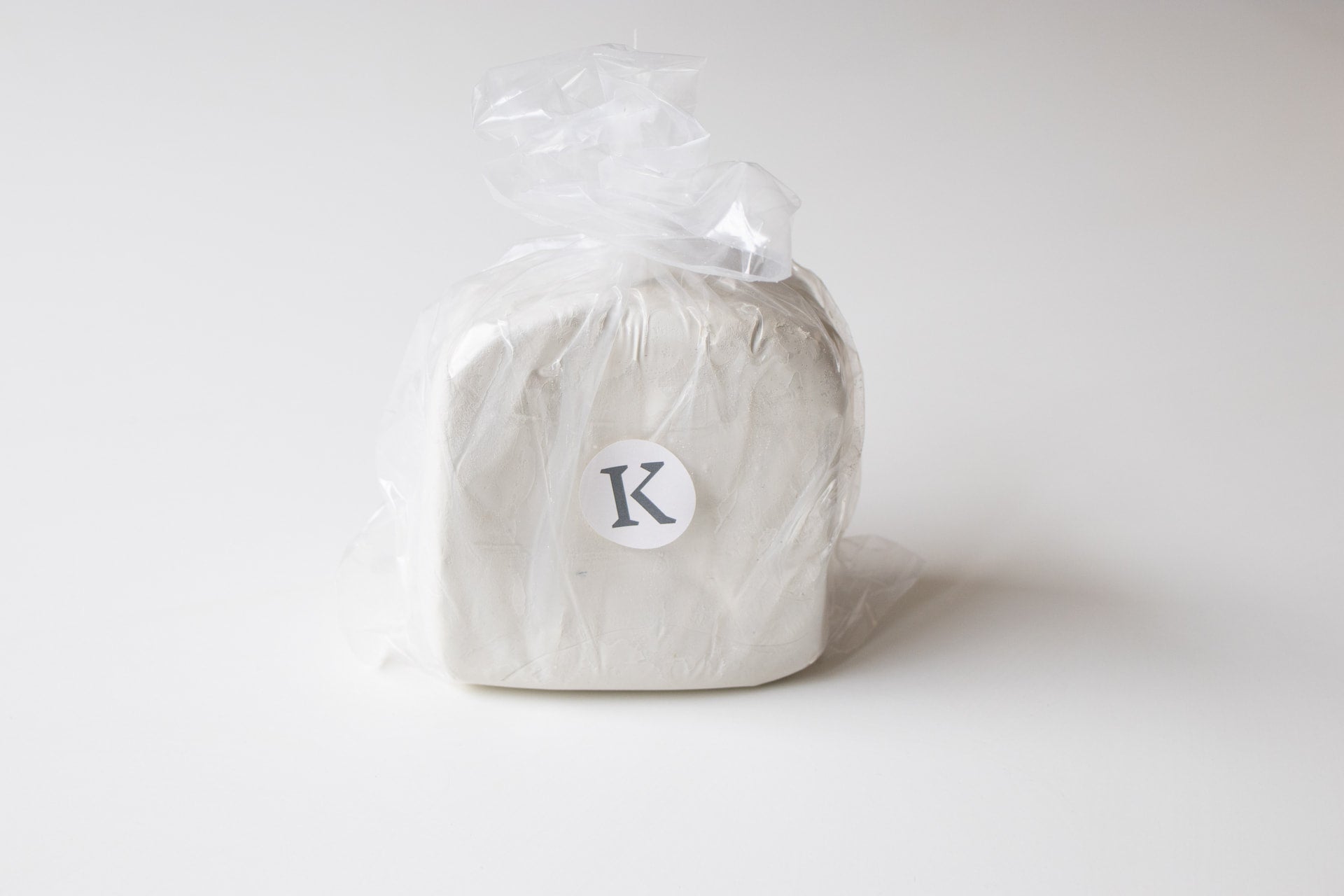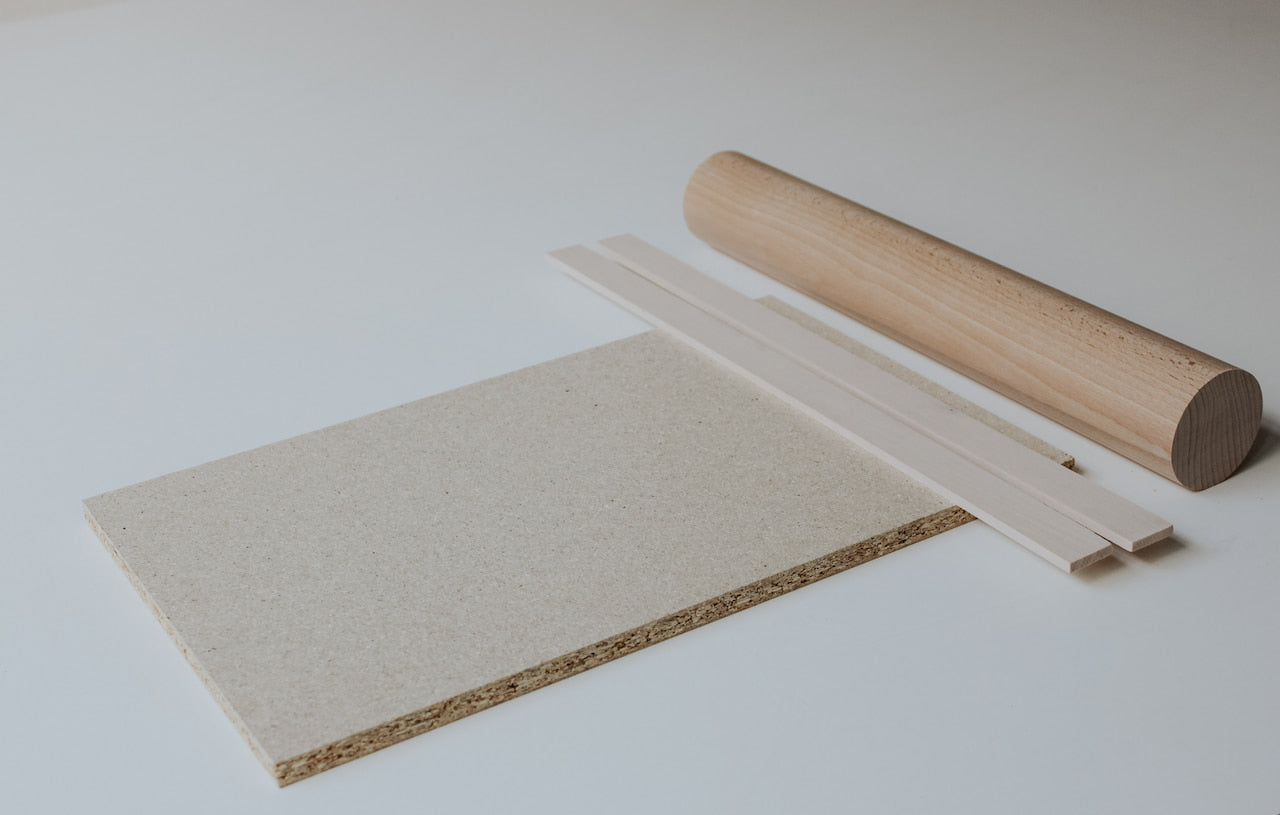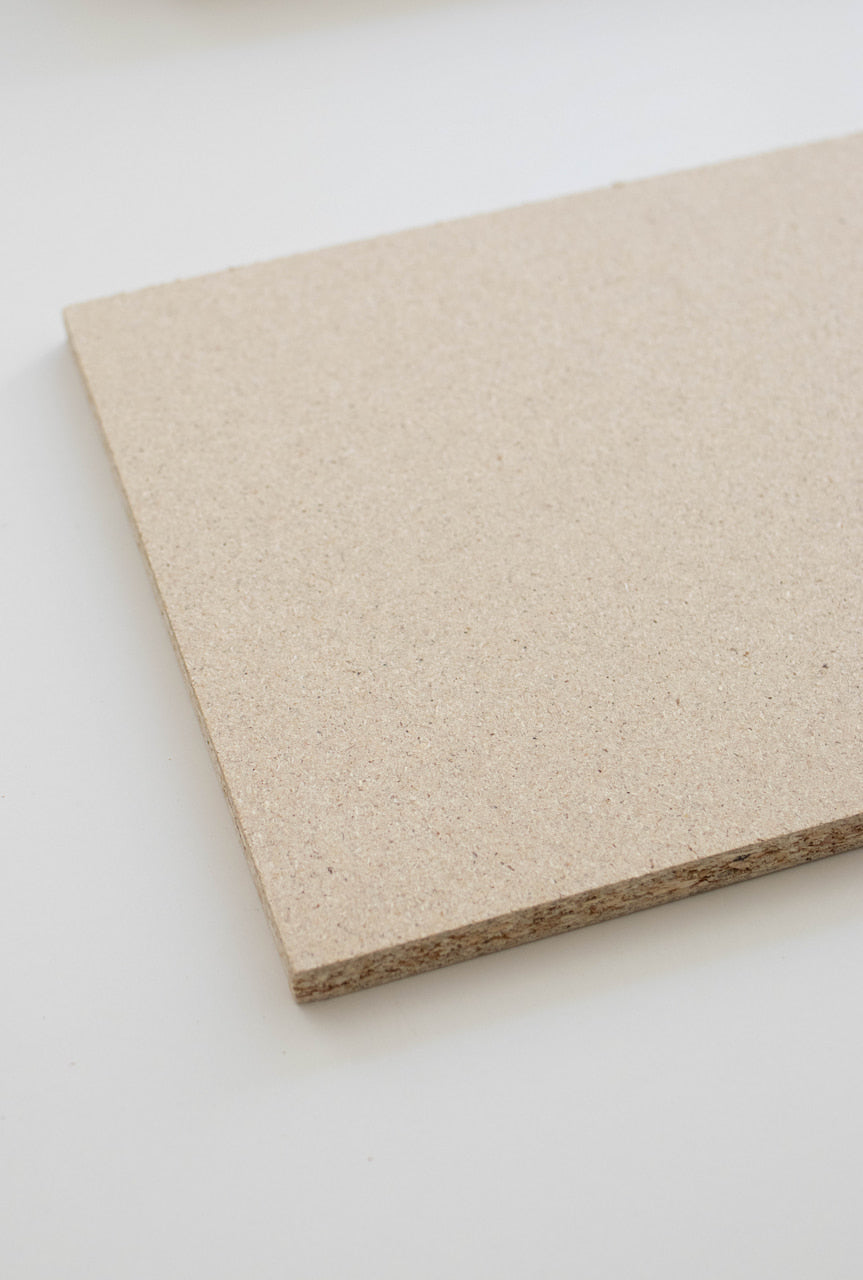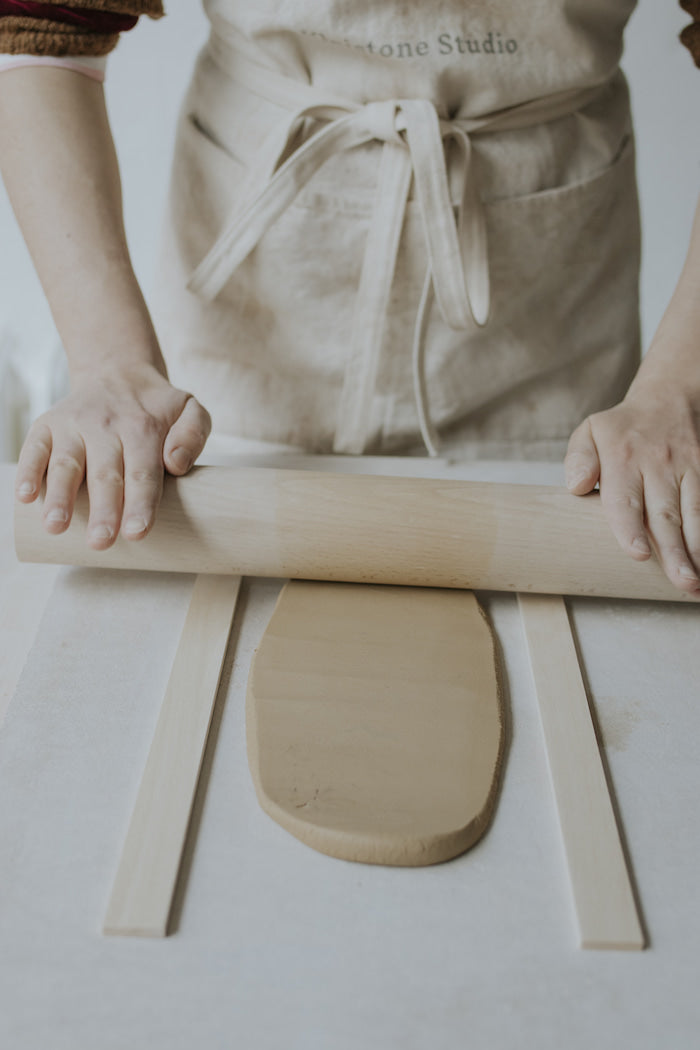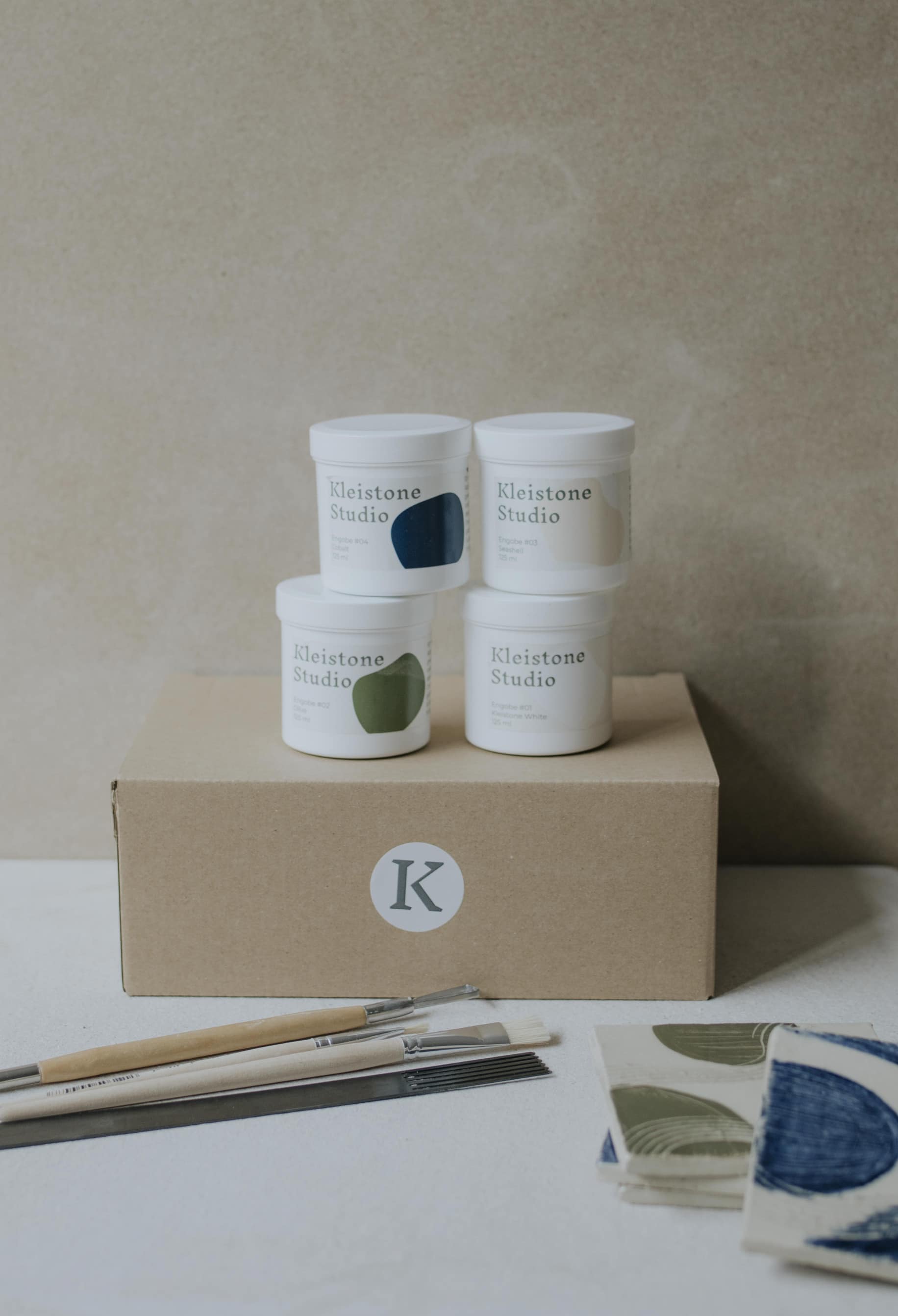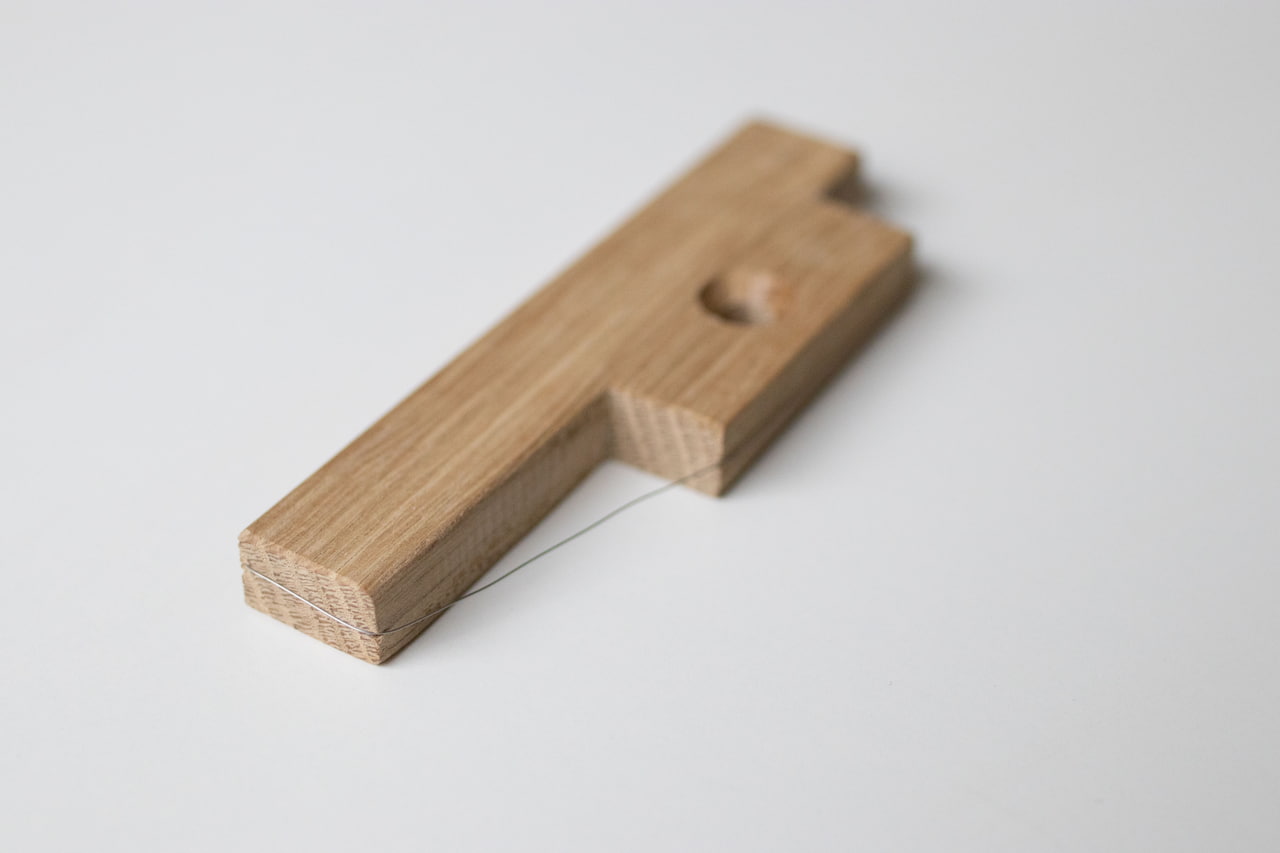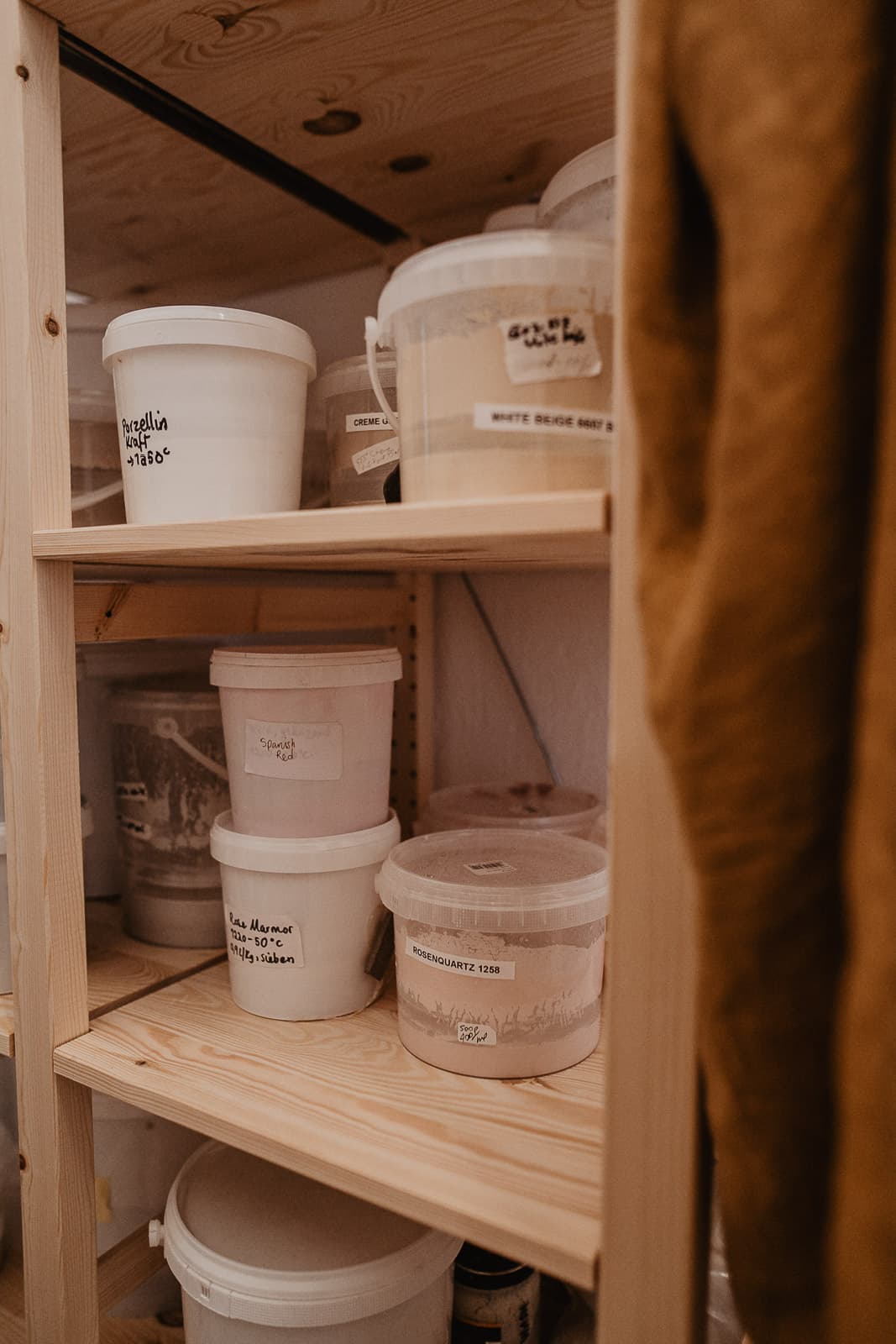
What we do with all that glaze waste
One of the least talked about aspects of ceramics is dealing with glaze waste. Members and students in our studio often hear us explain that nothing should go down the drain: glazes often contain heavy metals and generally should not be released into the water.
So what do we do with all this waste?
When it comes to cleaning tools used while glazing, we have set up a bucket system. We wash tools and pourers in a glaze water bucket. Due to the fact that we use many different glazes in the studio, it would be impossible to separate glaze waste for each glaze and re-use it. Since we wash all the tools in the same bucket, the remaining glaze waste will be a mix of all the glazes we use in the studio. This means that the resulting "glaze" in the bucket is not usable. Its chemical composition would be unknown and it would not be stable enough for any functional work. By stable we mean that the chemistry of the glaze would not be balanced and hence it would not produce a durable glaze that would sustain daily use.
So what happens next?
The glaze water bucket is usually filled with glaze mixed with water. Over time, the clear water will accumulate at the top. This water can be disposed of.
The glaze at the bottom will form a thick layer and, once the bucket is full, we usually do the following:
- We spread out the glaze layer across other small buckets so it's not as heavy to lift
- We leave the buckets open so the glaze dries out and becomes less heavy
- We load all the buckets into a van and take a trip to the BSR (Berlin's recycling plant). Because we run a studio, we usually have more than 10kg, which means our buckets will be weighed and we will pay for the proper disposal of the glaze. In case you want to know: last year we disposed of 66kg of glaze and paid around 60€ for its disposal. This did not include the time it took us to drive back and forth and the cost of the van rental.
The topic of safely disposing of glaze waste is often overlooked (we were never told how to do this properly when we were learning!), so we hope this is useful.
